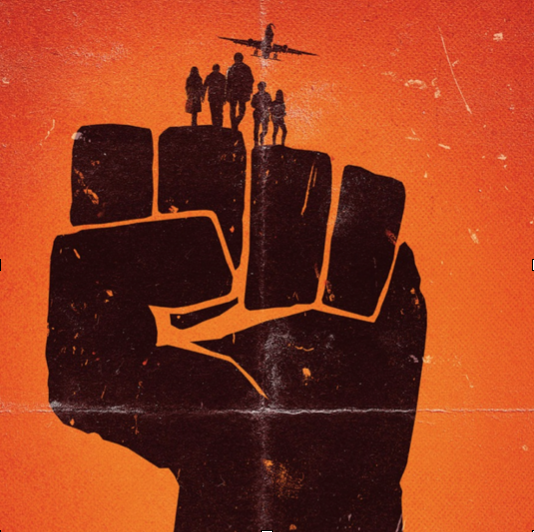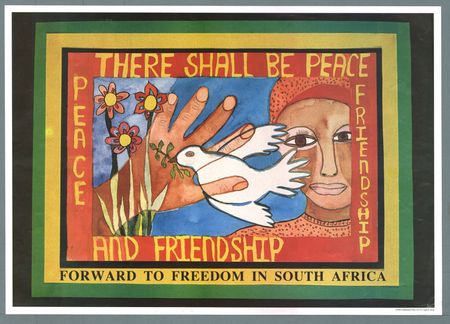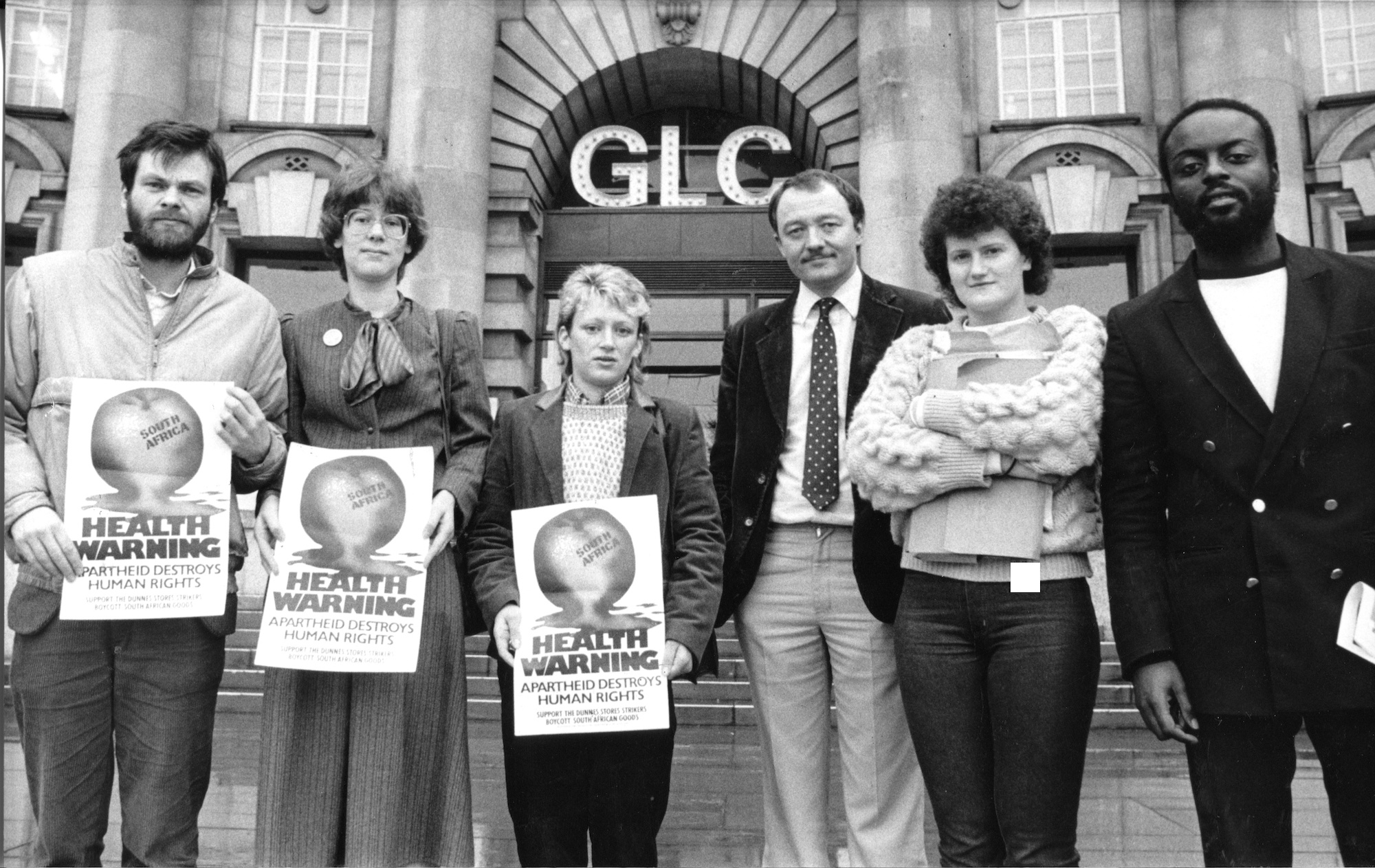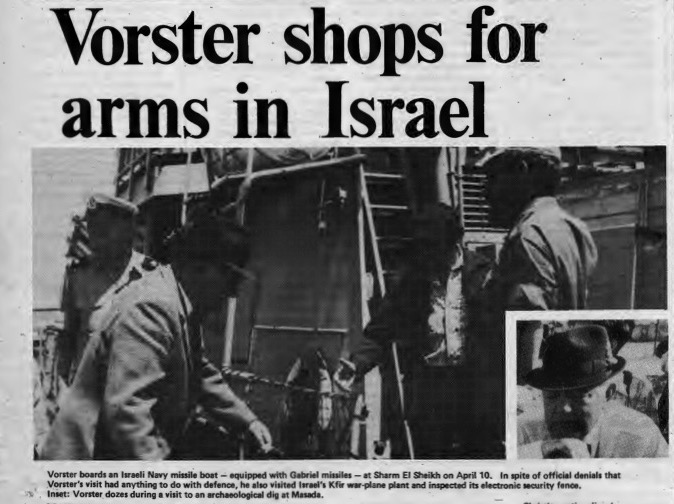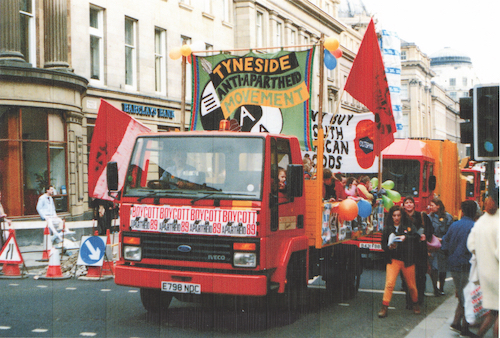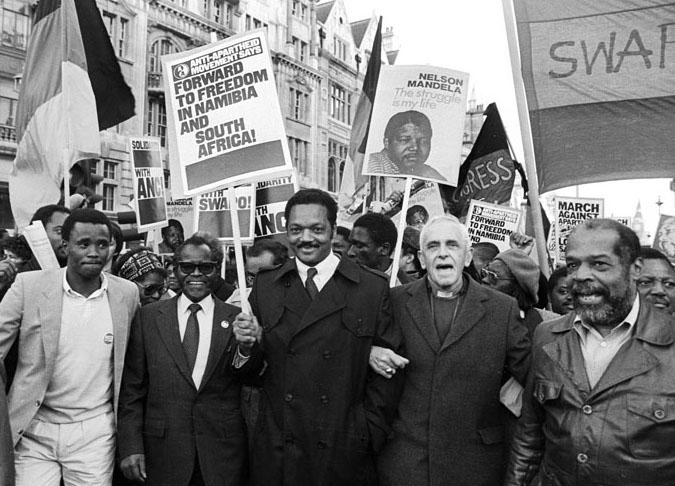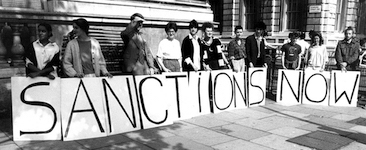Political prisoners and their experiences of detention were a key concern of the international solidarity movement. From its early days in the 1960s, AAM activists in Britain led efforts to publicise the imprisonment of political leaders, and in 1973 the Movement played a key role in founding Southern Africa the Imprisoned Society (SATIS), which led campaigns for the release of political prisoners and exposed the deaths of detainees. Attention often concentrated on male prisoners, but female prisoners had their own distinctive experience of imprisonment and devised their own ways of resistance. EMMA WILKINS details her exploration of women’s stories of detention which provided the focus of her recent outstanding final-year dissertation at the University of Bristol.
In an act of international solidarity young people risked arrest and imprisonment in apartheid South Africa to carry out undercover missions for the African National Congress. For years they stayed silent about their mission. Now a new film, London Recruits, tells their story. SIMON SAPPER explains plans for a ‘People’s Release’ of the film.
Nelson Mandela’s inauguration as president of South Africa in May 1994 was seen as heralding the creation of a new non-racial and more equal South Africa. But although there was some progress in the early years and South Africa has a progressive foreign policy, it is still the world’s most unequal society. Thirty years after the end of apartheid, DAVID KENVYN examines the balance sheet and looks at how ACTSA (Action for Southern Africa) is still working for justice and equality in Southern Africa.
In Parts 5 and 6 of his blog, SIMON SAPPER tells how he travelled round Britain with Mary Manning and Cathy O’Reilly, workers at Dunnes Stores in Dublin, who went on strike rather than sell South African grapefruit. And of how much he learnt from the Anti-Apartheid Movement’s Executive Secretary, Mike Terry.
South Africa’s case at the International Court of Justice has exposed Israel’s genocidal intent in Gaza. It is no accident that it has fallen to South Africa to bring the case. Israel’s treatment of Palestinians in the occupied West Bank has many parallels with apartheid and the ANC has a long history of support for justice for Palestinians. Conversely, Israel was one of apartheid South Africa’s closest allies. CHRISTABEL GURNEY looks back at Israel’s economic and military support for the apartheid regime.
Research on the Anti-Apartheid Movement has concentrated on its well-known leaders. But the Boycott Movement was set up in 1959 on the initiative of a group of little-known South African activists. As part of her history degree at Sheffield University, HANA WILLIAMS uncovered the stories of a group of South African Indian students who continued their fight against apartheid from exile in London, and helped to set up the Boycott Movement.
The Anti-Apartheid Movement is best known for its mass demonstrations and national campaigns. But a look at the activities of AA local groups reveals a rich and varied pattern of grassroots activism. MATT GRAHAM shows how the groups reflected their local communities and often took up issues that were special to them.
In Parts 3 and 4 of his blog, SIMON SAPPER remembers the hard work involved in getting trade unions to sign up to economic sanctions against South Africa and tells the inside story of the AAM’s mega Trafalgar Square sanctions rally in November 1985.
The call for boycott and disinvestment from South Africa was at the centre of global anti-apartheid campaigns. Now the Conservative Government has introduced a Bill making it illegal for any public body to impose a boycott against another country. DAVID KENVYN shows how the legislation carries forward the Thatcher government’s hostility to campaigns for justice in the wider world.
What was it like working for a broke, chaotic, but fiercely committed voluntary organisation in the mid-1980s? SIMON SAPPER was the Anti-Apartheid Movement’s trade union officer from 1984 to 1986. In Parts 1 and 2 of his blog he remembers how he first became aware of apartheid and how he joined the staff of the AAM.


